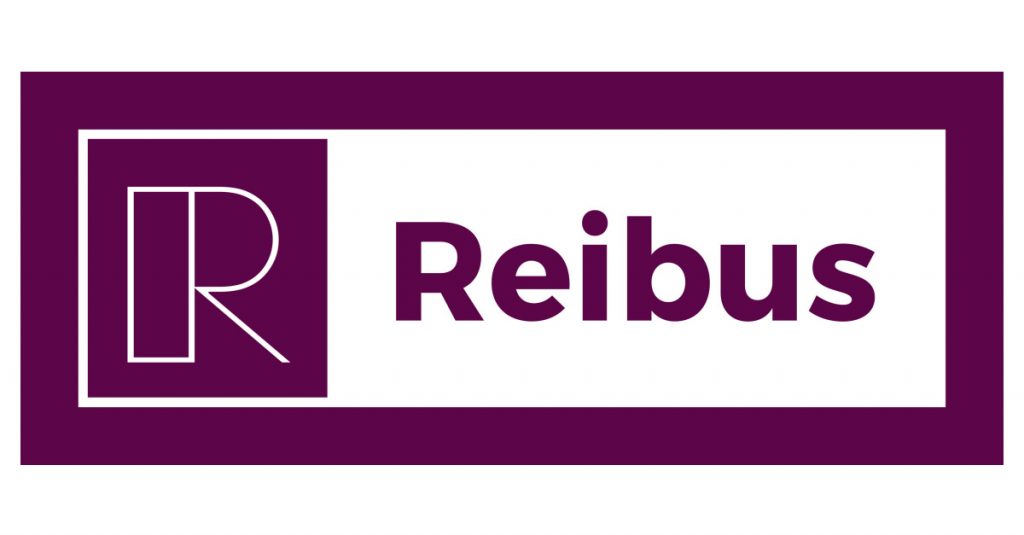SMU Community Spotlight
Final Thoughts
Written by Michael Cowden
December 20, 2022
I’m eager to see the results of our survey later this week because I think it might shed some light on what appears to be a tale of two steel markets.
Some of you are telling me that you’re already busy and will only get busier as people come back into the market after the New Year.
“First quarter is always the busiest quarter, and service centers and OEMs don’t have inventory,” one respondent to our latest market survey said, echoing the sentiment of others.
Others are saying that the upside to prices is limited without an improvement in demand and in mill lead times.
![]()
“What really disheartens us is the way it’s always been in the steel business,” one service center executive said. “We’ve been here since 1976. … We’re fighting it out in a very competitive market.”
His point was partly this: Consolidation was supposed to tighten up the market in the early 2000s when ArcelorMittal was the driving force behind it. Then the consolidation led by Cleveland-Cliffs in recent years was supposed to tighten things up again. And yet that impact of that consolidation has mostly been felt only when the market is rising. It’s everyone for themselves when it’s falling.
The big question: Will the momentum that we saw in late November and earlier this month continue into January? Or are we already near a peak for domestic sheet prices?
I continue to have a hard time squaring current spot prices with hot-rolled coil (HRC) futures prices on the CME, especially for January, which was at $785 per ton when this article was filed.
I’ve heard from steel buyers who’ve been able to source HRC in the $600s per ton and cold-rolled and coated product in the $800s per ton. These prices in theory shouldn’t be available from mills seeking $750 per ton for HRC.
Yet we’re hearing of instances where mills are fighting for business with each other in the mid-$600s/ton, not for orders of thousands of tons but for ones of 500 tons or less. In other words, for the kind of spot business that mills typically quote a premium for.
And I know some service centers suspect that certain mills, hungry for business, are going direct to smaller buyers that they wouldn’t bother to serve directly if market conditions were better.
Back to futures. If you’re a mill fighting for orders in the $600s per ton, and HRC futures for 2023 are ~$800 per ton, why not lock in that price and sell forward all day long? Our channel checks, however, indicate that that’s not happening.
What gives? Is Q1 business really that strong? Is someone going to idle capacity? Or, for the conspiracy minded, would mills rather buy at current futures prices to push the forward curve upward in hopes of putting out a data point that might convince people that the market is stronger than it really is? I don’t have any good answers for you.
Q1 is usually busier for a variety of seasonal reasons, including scrap prices – which are rarely down at the start of the year. Initial responses to our market survey indicate that most respondents expect scrap prices to be up or at least sideways next month.
Yet most also say that demand for their products is stable. More said demand was improving when we saw big price gains in past markets.
And this is where I think price hikes and talk of HRC prices in the ~$800/ton range run into some big hurdles. Yes, sheet imports are down. But so is domestic steel production, which remains well below where it was this time last year.
Does that decline in output indicate mill discipline? Or does it indicate that mills are ratcheting back output as demand, along with post-pandemic stimulus, fades?
By Michael Cowden, Michael@SteelMarketUpdate.com

Michael Cowden
Read more from Michael CowdenLatest in SMU Community Spotlight

Flack: ‘Hedge your bets,’ it’s going to get bumpy
Jeremy Flack of Flack Global Metals weighs in on USS, tariffs, and hedging in today's market.

JSW USA CEO Simon sees ‘exciting times’ in steel amid tariff volatility
SMU interviews JSW USA CEO Robert Simon.

SMU Spotlight: CRU’s Paul Butterworth talks EAFs, CBAM, and decarbonization
Last month I traveled to Sweden to the CRU Steel Decarbonisation Summit in Stockholm. I wanted to see if the European take on decarbonization was broadly different from what we are talking about here in the US.

Exclusive: SMU talks the evolution of Reibus with new CEO Jared Rowe
Reibus International Inc. is a growing and maturing company, finding its way in the world of steel. Like any youngster, it is moving through growing pains and pushing through to reach new heights. After rapid growth in its infancy, six-year-old Reibus is now naturally transitioning from being a founder-led company to a management-led one, according to its new leader, Jared Rowe.

SMU Spotlight: Tabitha Stine talks Nucor’s path to a sustainable future
Across industries and nations, it’s clear sustainability is the path towards the future. Moving ahead means creating dialogue and building bridges. For Nucor, building bridges means reaching out to new audiences. Actually, it also literally means soon building bridges from the plate made at its Brandenburg mill in Kentucky.
